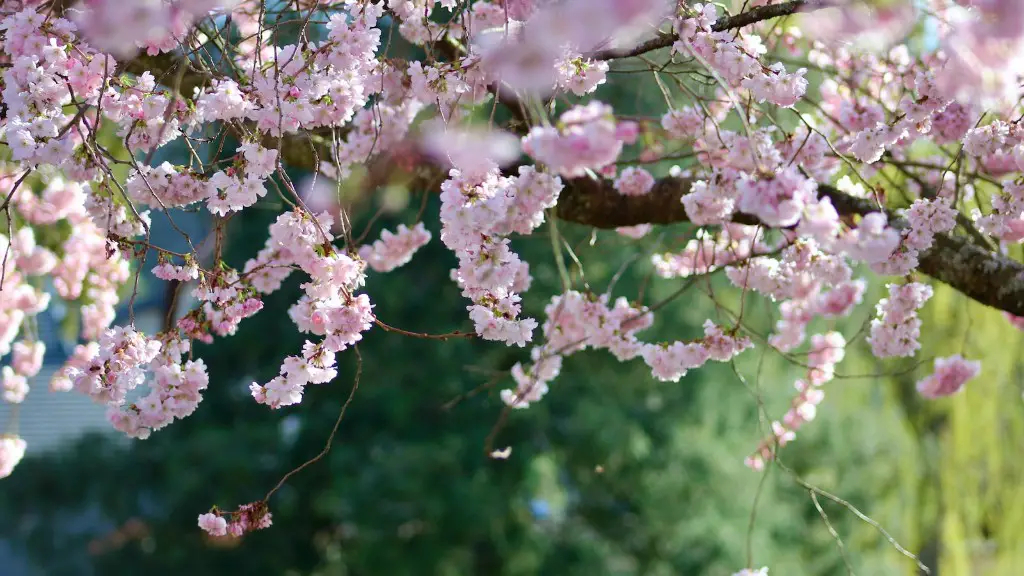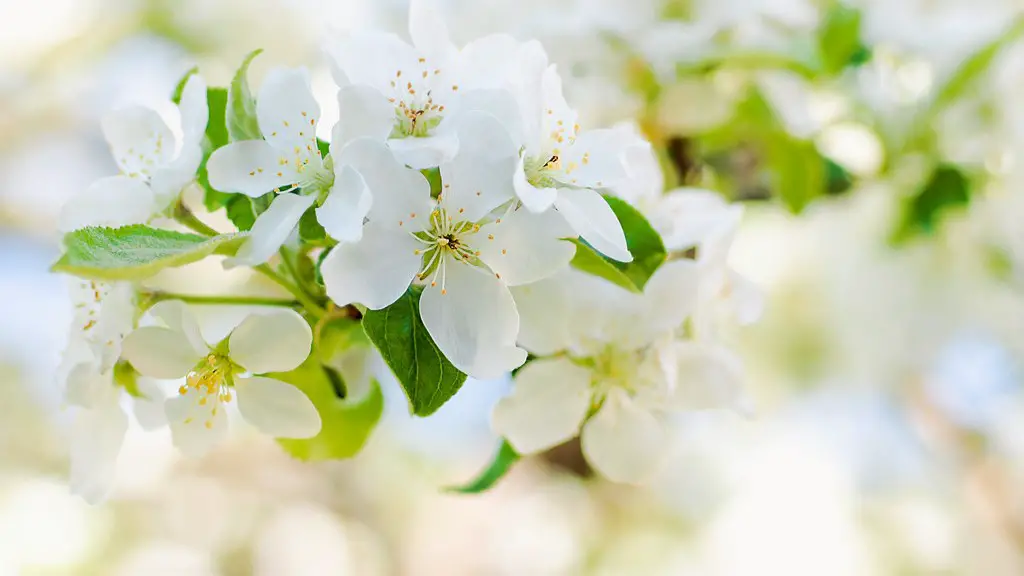For any homeowner looking to create a beautiful, blossoming lemon tree in their garden, look no further. Here’s a guide on how to cultivate a successful lemon tree.
First, find a nursery-grown lemon tree that is pest and disease-free. Choose something that is at least two feet tall and is readily available in your local area.
Next, prepare the digging site in advance. The best time to plant the tree is in late winter or early spring – just at the beginning of the growing season. Dig a hole that is twice as wide and twice as deep as the container in which the lemon tree was bought.
Season the soil around the tree by adding a few handfuls of compost or rotted manure. This will help the soil retain moisture, while providing essential nutrients to the tree.
Water the tree generously, both before and immediately after planting. Also, avoid overwatering the tree. Soil should remain moist, not soaking wet.
Finally, mulch around the tree to suppress weeds and conserve water. Make sure the root of the tree is not touching the mulch, as this can cause it to rot.
With proper care and attention, your lemon tree should be able to produce beautiful lemons in no time.
Location
When it comes to growing a successful lemon tree, the location where you plant it is one of the most important elements. Choose a sunny and sheltered spot in your garden where the tree won’t be exposed to too much wind and will have access to plenty of sunshine.
Bear in mind that the soil should be well-draining, so if the soil in your chosen location is heavy and water-logged, you may need to amend it with plenty of compost and rotted manure before you plant your tree.
Furthermore, if you live in an area that experiences a particularly mild winter, it is essential to check the forecast before you plant. Planting too early may result in frost damage to your seedling, so always wait for any cold spells to pass before you plant.
Fertilizer
Fertilizing your lemon tree is the best way to ensure that it grows healthily and continues to produce an abundance of delicious lemons. An annual application of citrus fertilizer from early spring through to late summer should be enough to keep your tree healthy and happy.
Look for an organic fertilizer which is specially formulated for citrus trees. As an alternative, you can also use a 10-10-10 fertilizer, however, make sure that the nitrogen in the fertilizer is slow release.
Avoid using your regular garden fertilizer on citrus trees. Most garden fertilizers contain nitrogen, phosphorous and potassium, however, they are not well-suited to citrus trees, which require a nutrient-specific fertilizer to flourish.
Weather Conditions
Lemon trees typically need temperatures between 65F and 95F in order to produce fruit. If temperatures dip below 55F for an extended period, the tree’s growth may be affected. Additionally, prolonged exposure to frost can damage the tree’s foliage and cause it to become dry and stunted.
On the other hand, hot and dry weather can inhibit water absorption and cause drought stress in the tree. To ensure your lemon tree remains healthy and continues to produce fruit, make sure you provide irrigation during dry weather.
To help your lemon tree manage the fluctuating temperatures, provide it with some protection by mulching around the base of the tree. An additional layer of mulch around the trunk of the tree will help regulate the temperature of the soil and allow the tree to retain moisture.
Pruning
To keep your tree healthy and maximise yield, proper pruning is an essential part of lemon tree cultivation. Pruning should be done every year. The best time to do this is in late winter or early spring before the growing season begins.
Start by removing any dead, diseased or broken branches. Then, shorten any long shoots and branches to encourage a bushier growth. You should also trim away any branches that may be competing for nutrients or rubbing against each other.
Finally, thin out the canopy. This will ensure that the tree has adequate airflow which will help it to stay healthy and will also encourage fruit bud formation. Be sure to keep the tree’s shape in mind when pruning so as to ensure an even and balanced growth.
Harvesting
Lemon trees typically take around three to four years to start producing fruit. Once they start to bear fruit, the ripening time varies depending on the variety. For instance, some varieties such as Eureka and Meyer finish ripening in late winter, while others such as Lisbon and Lime continue through spring and summer.
When it’s time to pick the lemons, be sure to use a sharp pair of secateurs and avoid tugging or yanking on the fruit. Also, beware of any pest or diseases on the fruit, as these may spread to other areas of the tree or even other trees.
You can also use a ladder or a pole-saw for harvesting higher fruits. However, always be sure to make use of proper safety gear and exercise caution when harvesting from a ladder.
Pest and Diseases
Unfortunately, being exposed to the elements can also increase your tree’s risk of developing pests and diseases. Inspect your lemon tree regularly and keep an eye out for any pests, such as aphids, mealybugs and scale insects.
If you do spot any pests, treat them with an organic insecticidal soap or neem oil to prevent them from spreading. You can also apply fungicides if you notice the presence of any fungal diseases. If in doubt, speak to your local garden centre for advice on what type of treatment to use.
Finally, avoid planting your lemon tree too close to other plants or trees, as this can make it more susceptible to fungal infections. A distance of approximately 10 feet should be enough to keep your lemon tree healthy and disease-free.




